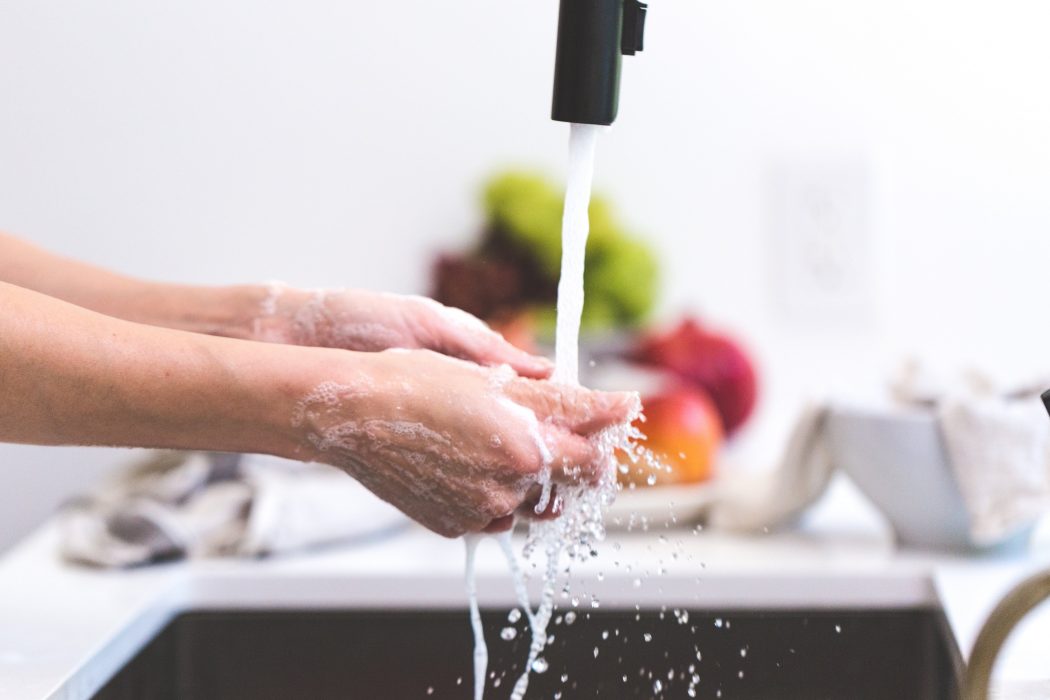(Photo Credits: Burst on Pexels)
Wherever you are in the world we’re pretty sure you’ve been hearing the words social distancing, self-quarantining, and self-isolation from your government and health officials owing to the rising COVID-19 cases worldwide. But what do these words mean and why is it essential that we do our part?
Stay safe everyone… Please be responsible and let’s look after each other 💜 🙏🏻 #WashYourHands #StaySafe pic.twitter.com/ouZoMCqKGR
— Little Mix (@LittleMix) March 17, 2020
Social distancing refers to “certain actions that are taken by Public Health officials to stop or slow down the spread of a highly contagious disease” as this will give the “global health systems more time to care for patients who need help, which is also known as ‘flattening the curve.'”
You’ve heard about #socialdistancing to ‘flatten the curve’ – but what does that mean?
— Al Jazeera English (@AJEnglish) March 17, 2020
Flattening the curve aims to give health systems more time to care for patients who need help by slowing the spread of the #coronavirus: https://t.co/QpiuwiXlTW pic.twitter.com/INAirHWV6c
If your health officials issued recommendations for social distancing, it means people are advised to stay home as much as possible even if you’re not infected and to avoid meeting in large groups. In some parts of the world travel bans; work and class suspensions are currently enforced; sporting events, conferences, and concerts are being cancelled; and even hugs and handshaking are discouraged. It doesn’t mean we can’t leave the confines of our homes though, we can. We can do groceries and we can go to the park, walk, jog, and bike outdoors but we must avoid crowds and maintain a “distance of six feet or 2 meters from others for a prolonged period of time.”
#SocialDistance https://t.co/GeRqUMjzIn
— Madeline 🧢🦅💰 (@Madeliney02) March 17, 2020
#SocialDistancing how it works. And remember people with absolutely no symptoms can spread the virus. #StayAtHomeChallenge pic.twitter.com/PVjRwF4K8U
— docbadsha (@humeirabadsha) March 17, 2020
On the other hand, what does self-isolation mean and why do we isolate? We practice self-isolation when we have been “instructed to separate yourself from others, with the purpose of preventing the spread of the virus, including those within your home. If you are ill, you should be separated from others in your household to the greatest extent possible.” Self-isolation is mostly observed for 14 days by those who traveled in countries with COVID-cases and by those who came in contact with or took care of people who has COVID-19, is suspected to have COVID-19, or those who developed respiratory symptoms such as fever, cough, or shortness of breath that started within 14 days of travel overseas.
Self-isolation is practiced even when we don’t have symptoms of COVID-19 as does self-quarantining. New York Times reported that if you “left an area with widespread or continuing transmission like China, Iran, Italy and South Korea, you should self-quarantine at home for a period of 14 days from the time you left.” And of course, we can’t receive visitors during this time, too.
It is imperative that we do our part in order to remain COVID-19 free, so stay at home as much as possible as this means saving your parents, your grandparents, your older neighbors, ourselves, and practically everyone really as coronavirus doesn’t discriminate. We are all in this together, guys, let’s look after each other. We can do this!
Social distancing is not martial law, and yes, it is a bit inconvenient because you know—no gay bars, no parties, no gym, no work as only some can work from home, no gatherings, etc. But on the upside, we stay alive and we remain COVID-19 free. In any case, we can make social distancing fun by treating it as staycation so don’t forget to check the list of things we can do at home during the COVID-19 crisis. To learn more about COVID-19, read here and here for the latest statistics.
Keep safe, guys!










All very good facts to know…but lets go deeper to include..no random kissing.. b-jobs..hot and heavy petting..rimming..kinkiness of all genres…guys we need to keep our heads on…especially those of us with underlying issues…it’s going to be a loooong period of adjustment before this gets better…take care
that’s a shame cuz sucking dick would be on high demand now lol. The # of horny tops just doubled. but seriously this situation sucks in a bad way, most people are jobless now…
[…] best thing that can be done right now is to regularly wash our hands and to practice social distancing. Stay safe out […]
It’s a little hard to reconcile the content and general sentiment of this post — which I applaud — with the fact that a4a is still sending out “See all new guys in your area” alerts to our phones.
James, we are adapting all our promos and marketing elements for the crisis as we speak, everyone works long shift to create and find new ideas, new blog posts related to the crisis. It will be changed very shortly we worked on it today
Thanks for all that you do!!
🙂
[…] WPF is a no-no. To learn more about social distancing, self-quarantining, and self-isolation, read here while you may check here for the things that we can do while at home during the COVID-19 […]
[…] also reminded people to observe social distancing because “this is not life as usual,” relating that he saw a park in New York City full […]
[…] continue to recommend social distancing and the washing of hands as an effective way of stemming the spread of the […]
[…] to him, the best thing to do is what health experts have been saying: staying at home, practicing social distancing, and only traveling when necessary. He also points out that those with an undetectable viral load […]
[…] world now officially has a social distancing and corona life theme songs thanks to 37-year-old American singer-songwriter and former The Voice […]
[…] out in flattening the curve by practicing social distancing. If you are looking for conversation, keep it on the virtual side by downloading the Adam4Adam app […]
[…] countries have imposed strict lockdowns and most people around the world have started observing social distancing. How have you been faring? We—the Adam4Adam Team—hope that you are doing well, that you are […]
[…] has made relationships or dates a little harder to manage. This is because self-isolation and social distancing have been recommended by health authorities to stop the spread of the […]
[…] be reminded though, that COVID-19 and monkeypox are still both around, this means that the present is not exactly a conducive time […]
[…] homes. More importantly, only two people from a household can go outside at a time and of course, social distancing will still be observed. But this is indeed more relaxed as compared to before when they were only […]